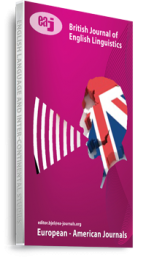Translation between languages is always challenging. The message communicated in the SL has to be interpreted by the translator and transferred into the TL in such a way that the receiver of the message understands the meaning intended in the SL. Such challenges are more complicated when cultural contexts of the two languages differ and often result in loss of meaning at various levels. The over-, under-, or mistranslation is prevalent in the translations of the Holy Qur’an due to various factors such as the lack of equivalence of some words, differences in the syntactic structures, and translation approach. This study aims at investigating the loss of meaning at different levels in some translations of the Qur’an. It will present a comparative analysis of translations with respect to this problem. How translators fail to convey the intended meaning as identified in Qur’anic exegeses. This paper presents, comparatively, an analysis and assessment of M. Pickthall’s “The Meaning of Glorious Koran” (1930) with three other translations of the holy Qur’an in English; viz. Yusuf Ali’s The Noble Qur’an (1934), Muhammad Asad’s The Message of the Qur’an (1980), and Peachy and Al-Johani’s The Qur’an: The Final Book of God (2012). This study pinpoints how the renderings, done variedly by different translators of the Qur’an, have become a problematic issue, and highlights the inadequacies in delivering the proper meaning of a word or phrase.
Keywords: Al-Johani, Asad, English Translations, Holy Qur’an, Loss of Meaning, Peachy, Yusuf Ali

